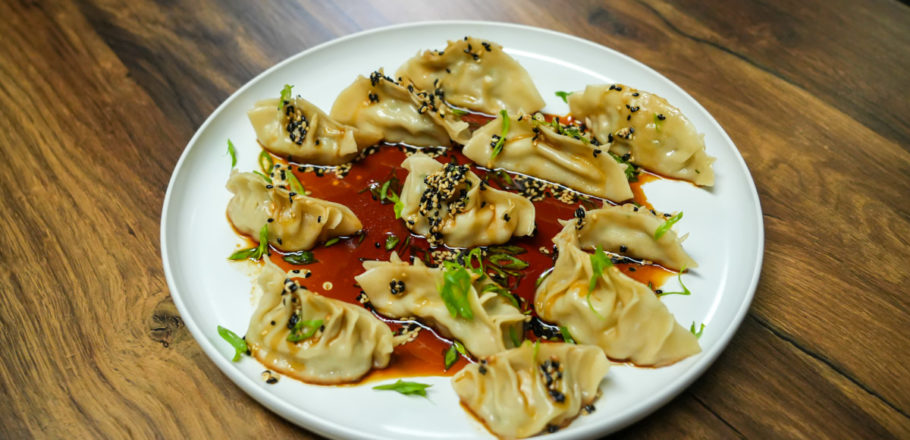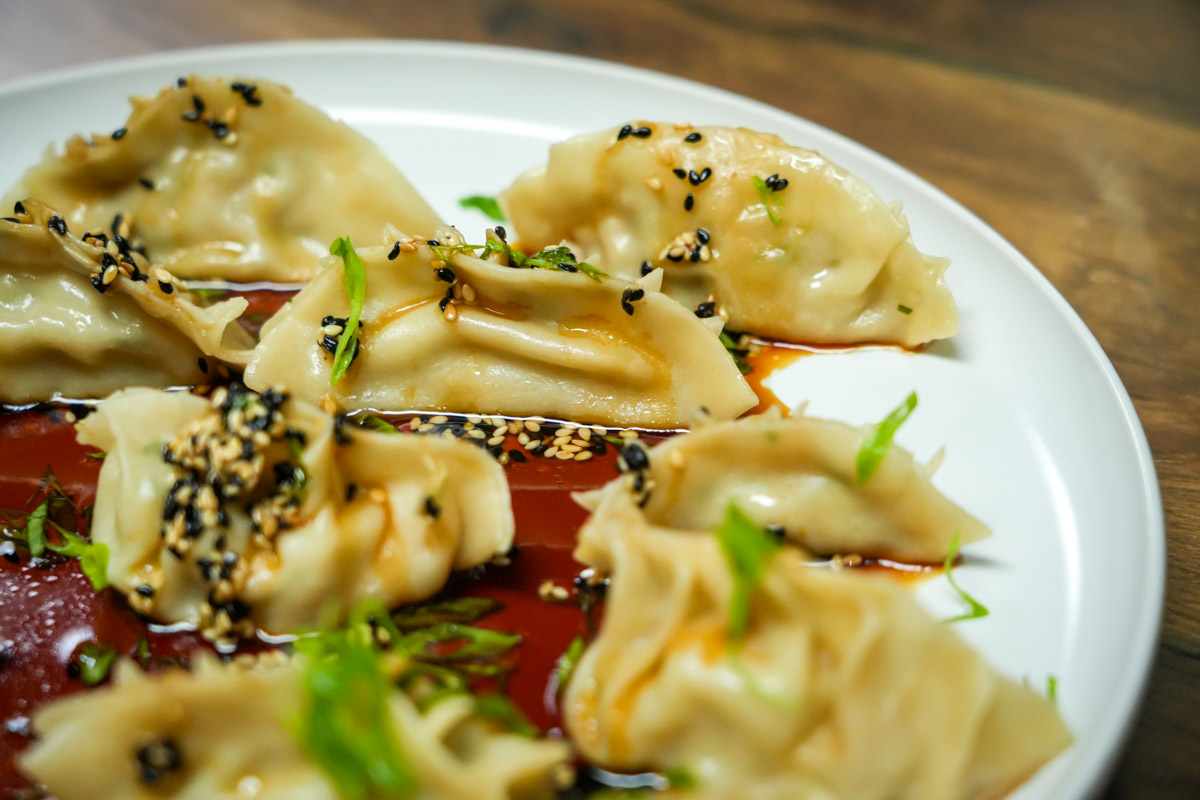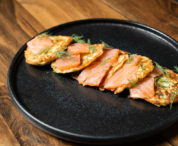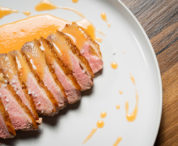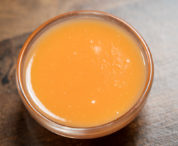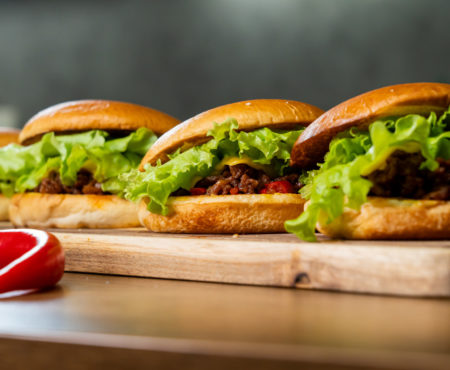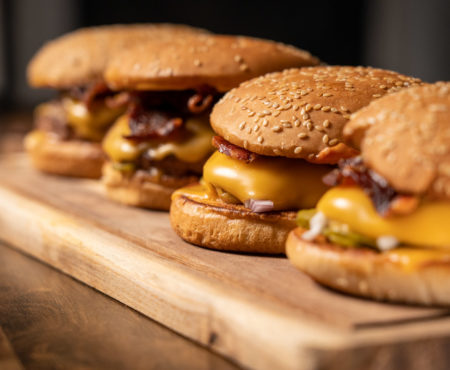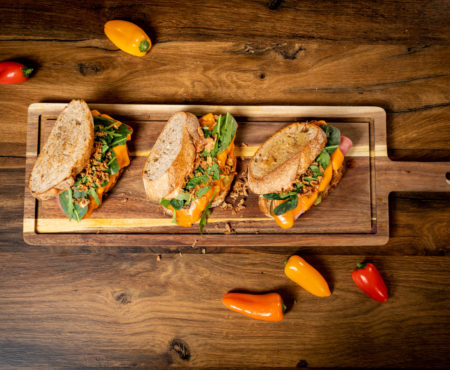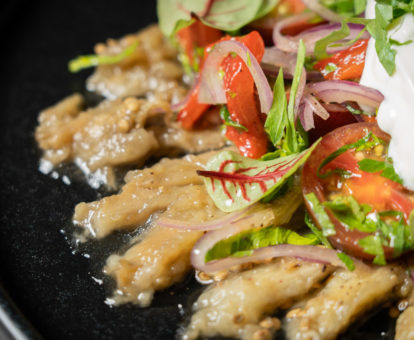Let’s make a delicious Japanese dish – gyoza with a tasty sauce. These are dumplings that are crispy and golden on the bottom and juicy on the inside. Below is a step-by-step gyoza recipe that will help you make this dish even if you have no cooking skills.
Ah, gyoza, a delightful Japanese creation that combines the best of both worlds - crispiness and juiciness, all wrapped up in a delicate dumpling. This recipe promises to take your taste buds on a journey to the heart of Japan, where every bite is bursting with savory flavors and aromatic spices. Whether you're a seasoned gyoza enthusiast or new to the world of Japanese cuisine, this dish is guaranteed to impress with its irresistible taste and irresistible charm. So, roll up your sleeves, gather your ingredients, and let's embark on a culinary adventure together!
What is Gyoza?
Gyoza are Japanese dumplings that originated in China. The initial original Chinese name was “jiaozi”, and the dumplings were typically made with thicker dough and a different filling than the Japanese variety.
In Japan, the gyoza has evolved to cater to local tastes and preferences. As a result, the wrappers of Japanese gyoza became thinner, making the texture lighter and more delicate. The fillings are also adapted to include ground pork or chicken, as well as other ingredients common in Japanese cuisine, such as cabbage, garlic, chives, and green onions.
Today, gyoza is a popular dish in Japanese cuisine. Thus, you can enjoy them as an appetizer, side dish, or main course. Gyoza are usually pan-fried on one side until they are crisp and golden brown and then steamed for a short time to ensure that the filling is fully cooked. They are usually served with a dipping sauce. It is made from soy sauce, rice vinegar, and chili oil.
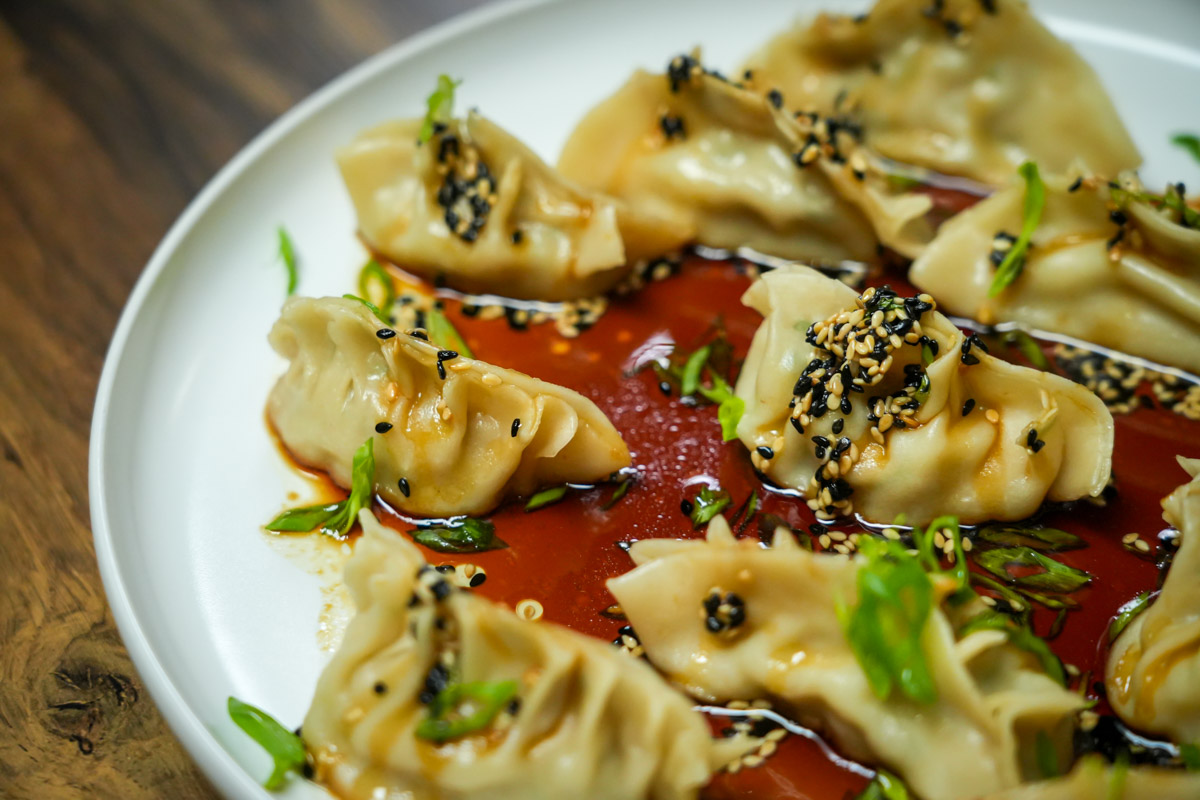
Ingredients for Gyoza?
- Flour: Flour makes the dough for the gyoza wrappers, giving the dumplings structure and texture.
- Potato starch: It gives a smoother texture to the gyoza wrappers and improves their elasticity.
- Water: Combine water with flour and potato starch to form the dough for the gyoza wrappers.
- Ground pork: It is the main protein component of the gyoza filling, adding savory flavor and a juicy texture.
- White cabbage: It adds moisture and a sweet, mild flavor to the filling.
- Onion: Onion adds depth of flavor and sweetness to the filling.
- Garlic: Provides aromatic flavor to the dish, enhancing its overall taste.
- Soy sauce: Soy sauce adds umami richness and saltiness to the filling, balancing the flavors.
- Salt and Pepper: They improve the overall seasoning of the filling, ensuring it is well-seasoned.
- Rice vinegar: It complements the savory dumplings by adding a tangy and slightly sweet flavor to the sauce.
- Sesame oil: Sesame oil adds a nutty aroma and depth of flavor to the sauce.
- The mix of black and white sesame seeds: They add visual appeal and a subtle nutty flavor to the gyoza.
- Fish sauce: It adds complexity and depth of flavor to both the filling and the sauce.
- Ginger: Ginger adds a spicy and aromatic flavor to the filling that balances the richness of the pork.
- Green onion: Green onion adds freshness and a mild onion flavor.
- Thyme, Rosemary, and Parsley: These are herbs that add flavor and complexity to the dish.
- Worcestershire sauce: It adds a tangy and savory flavor to the dish.
How to Make Gyoza at Home?

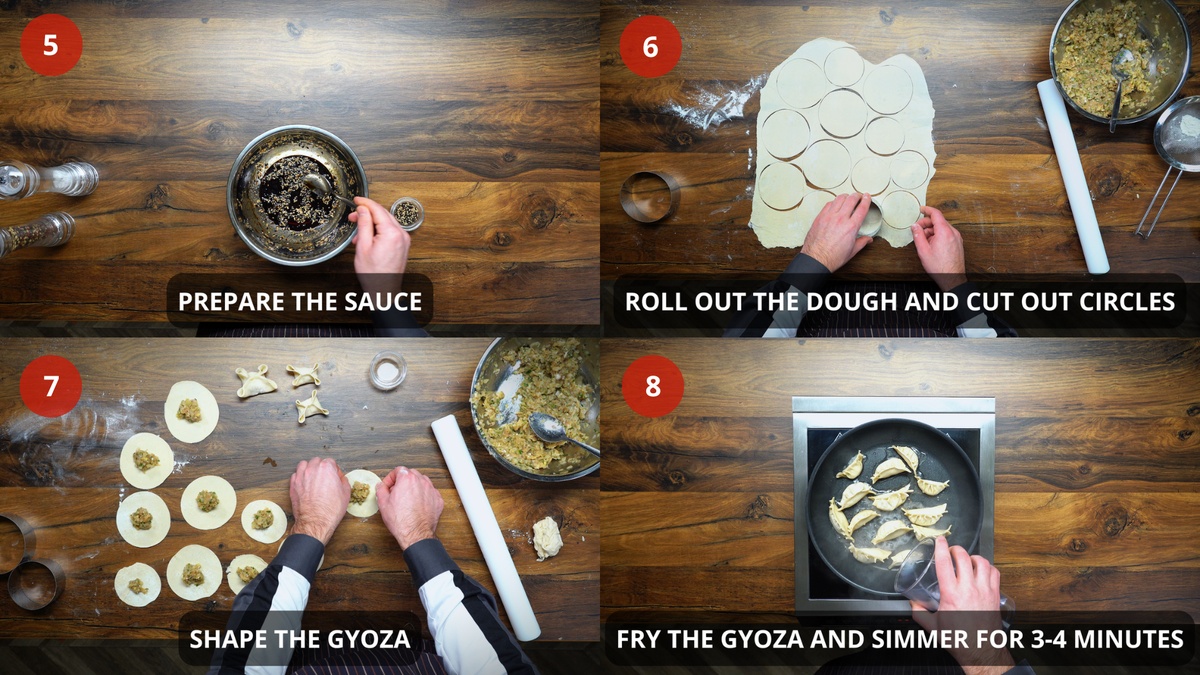
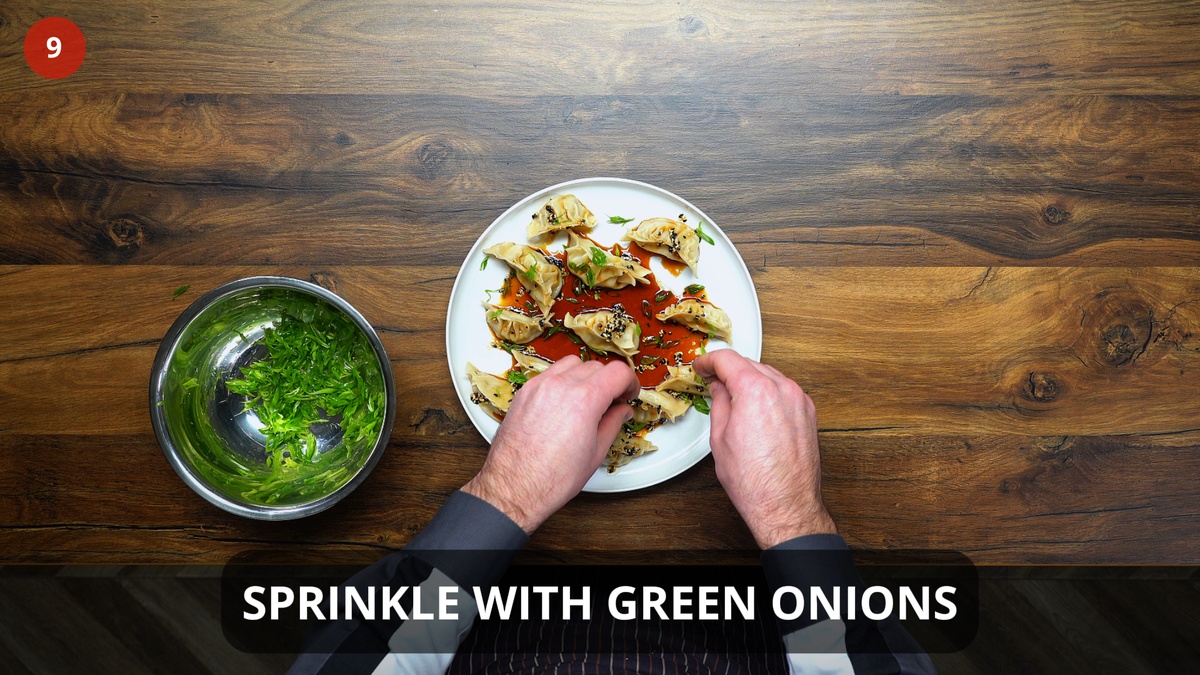
- To make the dough: mix flour and starch, add water, and knead well. Then, wrap the dough in plastic wrap, and leave it to rest for half an hour.
- To make the filling: cut cabbage into cubes, and garlic with ginger into small cubes. Next, cut parsley and green onions into thin strips.
- Then, bring a saucepan of water to a boil, add the chopped cabbage, and cook for 3 minutes. Transfer the cabbage to a sieve to get rid of the moisture.
- To mix the ground meat: add the onion, boiled cabbage, garlic, ginger, parsley, thyme, and rosemary sprigs to the ground pork. Stir and add 1,06 ounces (30 g) of soy sauce and fish sauce. Season to taste with salt and pepper.
- To make the sauce: in a bowl, add rice vinegar, 1,06 ounces (30 g) of soy sauce, sesame oil, 2-3 drops of fish sauce, sesame seeds, salt and pepper. Mix and set aside.
- Remove the dough from the plastic wrap. Then, sprinkle flour on the table, roll out the dough with a rolling pin to a thickness of 2-3 mm, and cut out circles with a cookie cutter.
- Place the ground beef (1 teaspoon) in the center of each circle and start making the gyoza (as shown in the photo).
- Then, heat a frying pan, add vegetable oil, and fry the gyoza until golden brown. Add 2,5-3,5 ounces (70-100 g) of water, cover, and cook for 3-4 minutes.
- Finally, place them on a plate, pour the sauce over them, and sprinkle with green onions. Enjoy!

Chef Recipe Tips:
- If the ground meat is dry, you can add 0,08-0,4 ounces (5-10 g) of water or broth and mix well.
- The ideal ratio in each dumpling is 0,5 ounces (14 g) of filling to 0,4 ounces (12 g) of dough.
The difference Between Gyoza, Dim Sum, and Wontons
- Gyoza: They are typically fried on one side until crispy, then steamed briefly to fully cook the filling. Gyoza are commonly served with a dipping sauce.
- Dim Sum: They are triangular in shape. Dim sum are cooked in a steam bath and then they are put in the sauce. Then, they are placed on a plate and sprinkled with onions.
- Wontons: These are envelopes with holes. Wontons are typically boiled in water or broth until they float to the surface.
Freezing Gyoza Advice
Making a batch of gyoza and freezing them for later is a great idea. To make it, take raw dumplings and place them in a single layer on a baking sheet. Then, place it in the freezer. Transfer the dumplings to a plastic bag when completely frozen. When you’re ready to eat, cook according to instructions.
A good option for a self-contained paleo lunch dish. If you want to make the healthiest version of Gyoza possible, simply replace regular flour with whole grain flour. Otherwise, the dish is quite balanced, but I recommend adding more vegetables: salad or vegetables prepared on the grill or steamed. This way, you'll add fiber and a complex of vitamins to your meal. Gyoza is suitable both for gaining quality mass (if you eat them after a good strength training session) and for weight loss (just watch your portion size and don't eat them for dinner - this dish is perfect only for a satisfying lunch!).

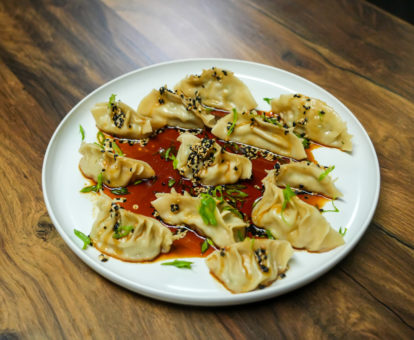
Make the dough: mix flour and starch, add water, and knead well. Wrap the dough in plastic wrap and leave it to rest for half an hour.
Make filling: cut cabbage into cubes, and garlic with ginger into small cubes. Cut parsley and green onions into thin strips.
Bring a saucepan of water to a boil, add the chopped cabbage, and cook for 3 minutes. Transfer the cabbage to a sieve to get rid of the moisture.
Mix the ground meat: add the onion, boiled cabbage, garlic, ginger, parsley, thyme, and rosemary sprigs to the ground pork. Stir and add soy sauce 1,06 ounces (30 g) and fish sauce. Season to taste with salt and pepper.
Make the sauce: in a bowl, add rice vinegar, 1,06 ounces (30 g) of soy sauce, sesame oil, 2-3 drops of fish sauce, sesame seeds, salt, and pepper. Mix and set aside.
Remove the dough from the plastic wrap. Sprinkle flour on the table and roll out the dough with a rolling pin to a thickness of 2-3 mm and cut out circles with a cookie cutter.
Place the ground beef (1 teaspoon) in the center of each circle and start making the gyoza (as shown in the photo).
Heat a frying pan, add vegetable oil, and fry the gyoza until golden brown. Add 2,5-3,5 ounces (70-100 g) of water, cover, and cook for 3-4 minutes.
Place them on a plate, pour the sauce over them, and sprinkle with green onions.
* Percent Daily Values are based on a 2,000 calorie diet. Your daily values may be higher or lower depending on your calorie needs.
** Nutrient information is not available for all ingredients. Amount is based on available nutrient data.
(-) Information is not currently available for this nutrient. If you are following a medically restrictive diet, please consult your doctor or registered dietitian before preparing this recipe for personal consumption.
Powered by the ESHA Research Database © 2018, ESHA Research, Inc. All Rights Reserved
Achieving the perfect balance of flavors and textures in your gyoza requires careful attention to detail, especially when it comes to the filling. To ensure that your filling is juicy and flavorful, be sure to finely chop the vegetables and herbs, and thoroughly mix them with the ground pork. Additionally, when assembling the gyoza, take care not to overfill them, as this can cause them to burst open during cooking. Finally, when frying the gyoza, resist the temptation to overcrowd the pan, as this can result in uneven cooking and soggy bottoms. Instead, cook them in batches, ensuring that each dumpling has plenty of room to crisp up nicely. With these simple tips, you'll be well on your way to mastering the art of gyoza-making in no time!

